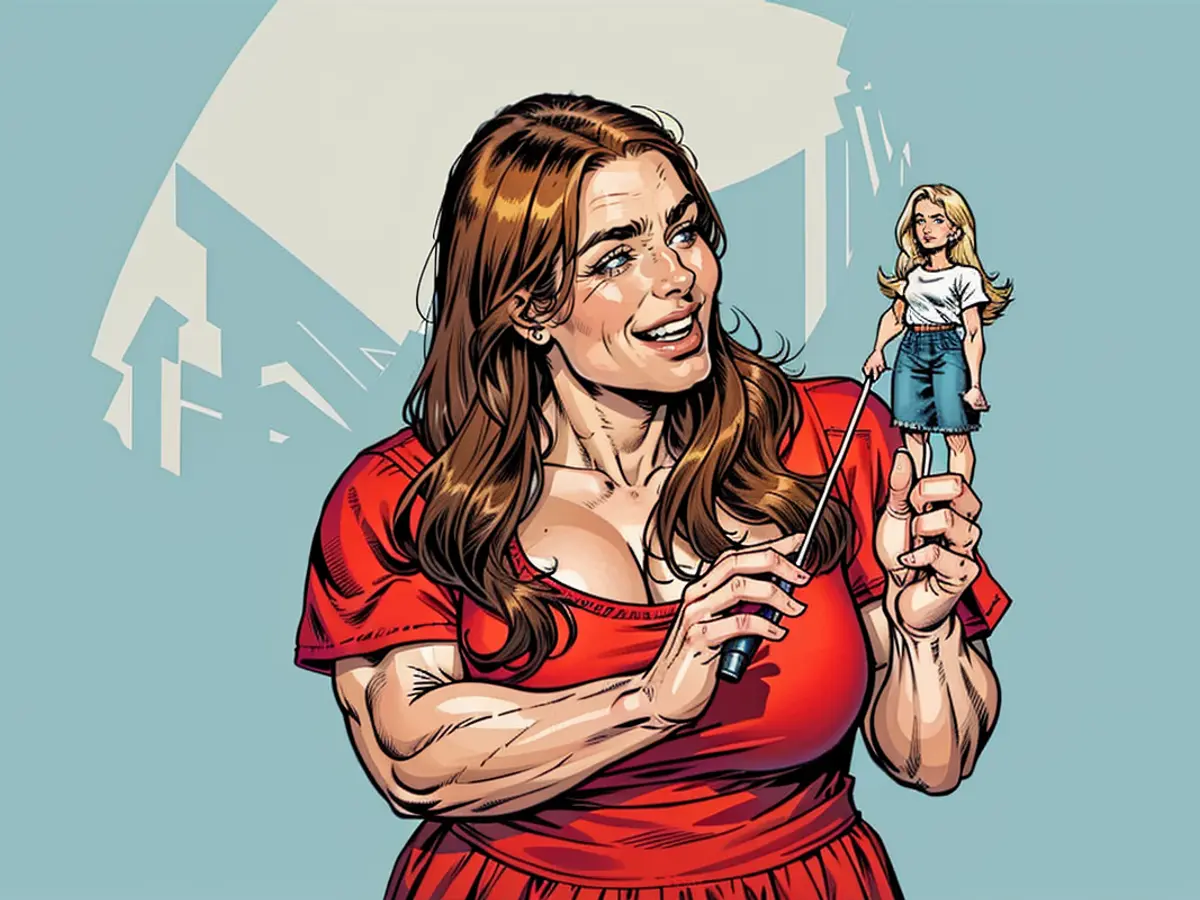First blind Barbie doll released, with tactile features and a cane
This Barbie carries a white and red cane with a marshmallow tip and wears sunglasses on her head to provide additional eye protection, while her eye gaze has been designed to face “slightly up and out,” according to a press release shared by the American Foundation for the Blind (AFB), which partnered with Mattel.
The doll’s clothes have been designed using tactile fabric, such as a satiny blouse and a textured ruffle skirt, and have brightly colored hook fasteners to make swapping them more accessible, while the packaging features braille writing.
To create a doll that is both accessible and faithfully depicts individuals with sight loss, Mattel worked with several charities including the AFB and the Royal National Institute of Blind People (RNIB).
“Barbie is all about joy – about discovering and understanding the world through play – and it’s wonderful to think that children with a vision impairment can now play with a Barbie that looks like them,” Debbie Miller, director of customer advice and support at the RNIB, told CNN in a statement Tuesday.
“We’re so pleased with the details that have gone into designing this new Barbie, the tactile clothes as well as the cane and the sunglasses.”
“When I was growing up I would have only dreamed for this moment to come,” activist Lucy Edwards, who is an ambassador for the doll, posted on her Instagram story Tuesday. “To be accepted so much that the most popular doll in the world now has a visual impairment and looks like me. I still can’t believe I’m typing this but blind Barbie is here.”

After facing years of criticisms for its dolls that reinforced traditional beauty standards with their unrealistic proportions, Mattel began producing a more inclusive line of Barbies in 2016 that featured different body types as sales of the iconic toy began to flag.
Three years later, the company announced the release of its Barbie Fashionistas line, which featured dolls with a prosthetic leg, hearing aids and wheelchairs, as well as with the skin condition vitiligo, which causes patches of the skin to lose their pigment.
“We recognize that Barbie is much more than just a doll; she represents self-expression and can create a sense of belonging,” said Krista Berger, senior vice president of Barbie and global head of dolls, in a statement.
Alongside the first blind Barbie doll, Mattel is also releasing a Black Barbie doll with Down syndrome to further diversify its range, a year after it released its first ever doll with the genetic condition.
The tactile fabric used in the doll's clothes, including the satiny blouse and textured ruffle skirt, enhances the style and tactile experience for visually impaired children playing with the doll. The cane and sunglasses, with their distinctive marshmallow tip and sunglasses frame, add a unique style to the doll, further embodying the lived experience of individuals with sight loss.








